UBC Centre for Japanese Research – Upcoming Events
THURSDAY OCTOBER 22:
The Maiden at Dōjōji Temple: Performance Interpretations
A Lecture and Demonstration on the Art of Kabuki
6:00 – 7:30 pm Thursday, October 22
Frederic Wood Theatre (6354 Crescent Road, UBC)
Free of charge
Join us for an introduction to the performance styles of modern kabuki stars Sakata Tōjūrō and Bandō Mitsugorō X. Performer and scholar Nakamura Gankyō offers a lecture comparing the kata and kaishaku, or “form” and “interpretation,” of famous scenes in the play Maiden at Dōjoji Temple (Musume Dōjōji). The event will conclude with a dance-performance.
Born and raised in Southern California, Nakamura Gankyō is the first non-Japanese citizen to become a professional Kabuki actor. Gankyō has traveled worldwide to introduce Kabuki to a global audience, and is currently a PhD candidate in the Department of Asian Languages and Cultures at UCLA.
This performance is free of charge and all are welcome.
Co-sponsored by the UBC Centre for Japanese Research, Department of Theatre and Film, Department of Asian Studies; and TomoeArts.
FRIDAY OCTOBER 23:
The Birth of Nishikawa Sukenobu’s Shunpon:
“Sex” and Publishing Culture
3:30 – 5:00 pm Friday, October 23
Professor Takashi Nakajima (Waseda University)
Room 129, CK Choi Building (1855 West Mall)
Illustrated three-volume works by Nishikawa Sukenobu—said even to be the cause of the government’s publishing restrictions of the Kyōhō era—were revolutionary shunpon (pornographic books) because of a particular rich aesthetic consciousness. Iro hiinagata (1711) and Nasake hiinagata (1712), written by Ejima Kiseki and illustrated by Sukenobu and published in five yokobonvolumes by Hachimonjiya, are taken as the pioneering works. Moreover, in both works we see the early trends taken by erotic works (kōshokubon) since Saikaku’s Life of an Amorous Man(Kōshoku ichidai otoko), as kōshokubon gradually reveal aspects of shunpon. I suspect that trends of the Edo market influenced the phenomenon of Kamigata kōshokubon turning into shunpon. Yama no Yatsu and Nishimura Ichirōemon were both author-publishers who encouraged such a of trend. Differing from Saikaku’s kōshoku ukiyo-zōshi, the format ofkōshokubon was half-sheet-sized books (hanshibon, approx. 23 x 16 cm), the content lascivious, and there were many in which sexual acts were depicted in the illustrations. In this lecture, I will take up such Genroku-and Hōei-era works as Kōshoku Haru no akebono—which mentions Yonosuke, the hero of Life of an Amorous Man, who crossed over to the Isle of Women—and discuss the development toward Sukenobu’s shunpon and the historical cultural significance of kōshokubon and shunpon.
Nakajima Takashi is Professor of Japanese Literature at Waseda University, Tokyo. Among his many books areSaikaku and Genroku Media (2011), The Development of Early Ukiyo-zōshi (1996), and the prize-winning historical novel The Notebook of Yoemon of the Pleasure Quarter (2007).
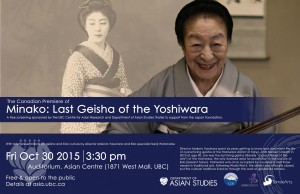
THURSDAY OCTOBER 30:
Canadian Premiere of Minako: Last Geisha of the Yoshiwara
3:30 pm – 6:00 pm Friday, October 30
Asian Centre Auditorium
(1877 West Mall, UBC)
Free of charge
Please join us for this screening of a documentary movie on the last living geisha of the Yoshiwara district. In addition to the screening, there will be brief presentations on geisha and Edo culture by director Makoto Yasuhara and Edo specialist Kenji Watanabe.
Minako: Last Geisha of the Yoshiwara
Director Makoto Yasuhara spent six years getting to know and document the life of a practicing geisha of the Yoshiwara district of Tokyo. Until Minako’s death in 2010 at age 90, she was the last living geisha (literally “a practitioner of the arts”) of the Yoshiwara, the only licensed area for prostitution in the old city of Edo (present Tokyo). Yoshiwara was once occupied by courtesans and those versed in traditional arts. Following World War II, the district was officially closed, but the cultural traditions lived on through the work of geisha like Minako.
This screening is free of charge and all are welcome.
Co-sponsored by the UBC Department of Asian Studies and Centre for Japanese Research, together with TomoeArts.

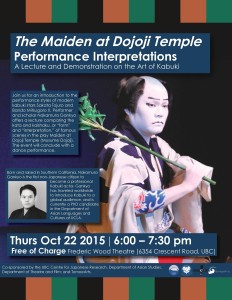
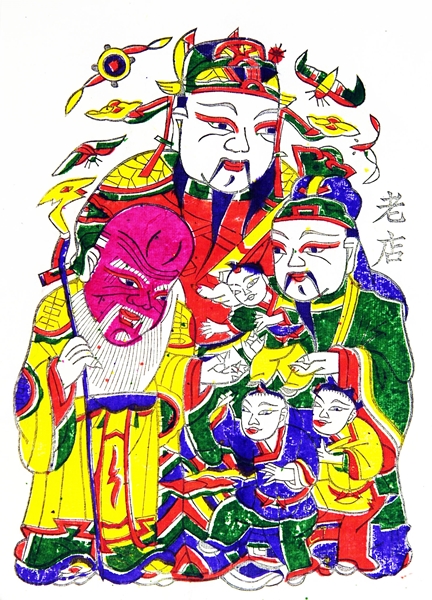

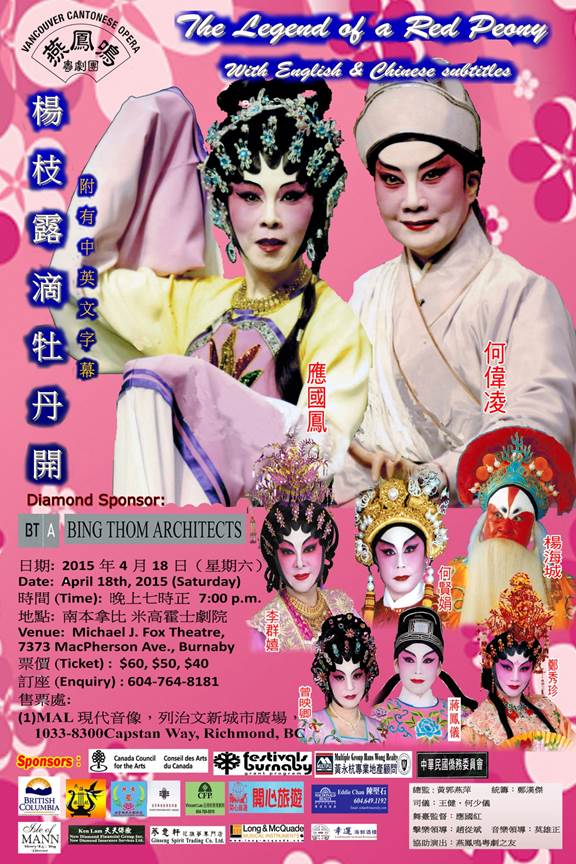
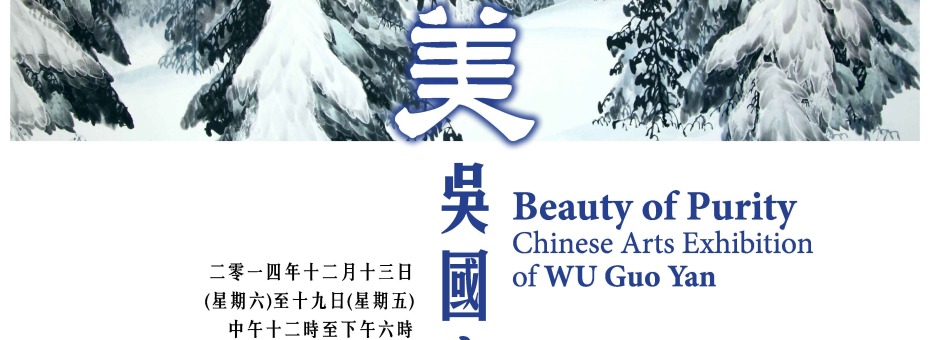
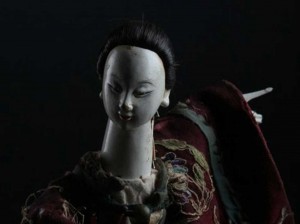
 Thanks to the Peter Wall Institute for Advanced Studies and the Consulate General of Japan in Vancouver, Professor Christina Laffin will be hosting Dr. Charlotte von Verschuer from the École Pratique des Hautes Études (EPHE) for a weeklong visit as part of the
Thanks to the Peter Wall Institute for Advanced Studies and the Consulate General of Japan in Vancouver, Professor Christina Laffin will be hosting Dr. Charlotte von Verschuer from the École Pratique des Hautes Études (EPHE) for a weeklong visit as part of the 

